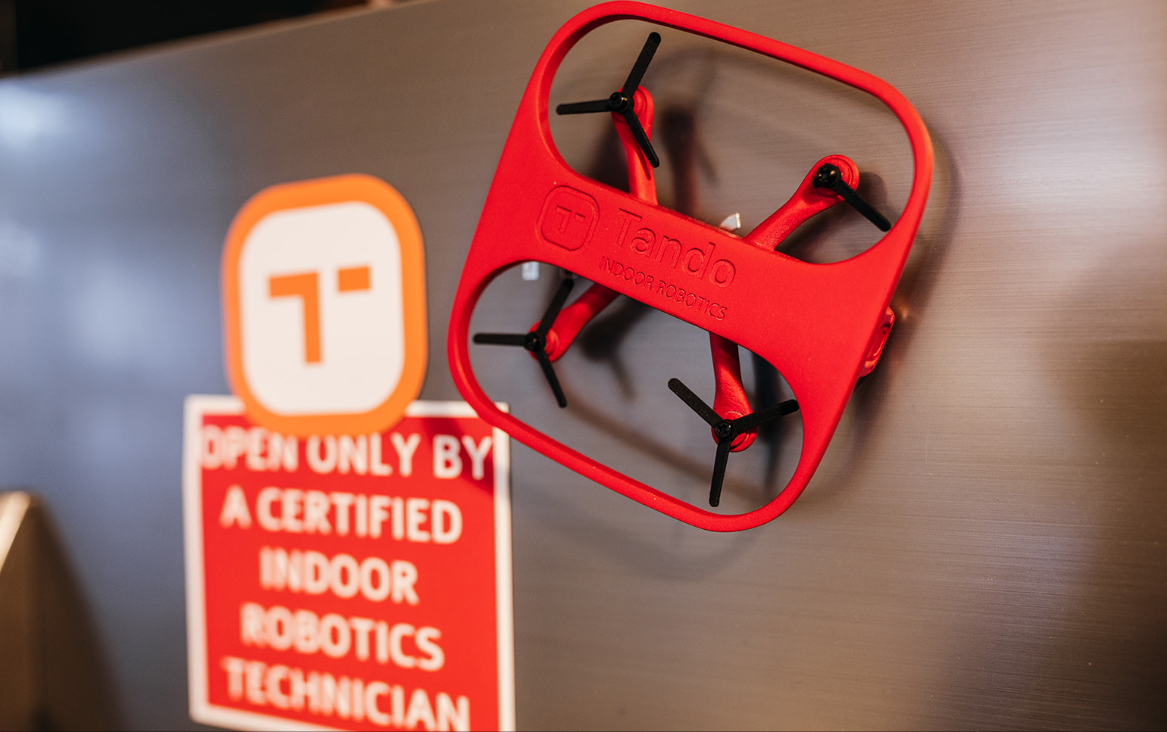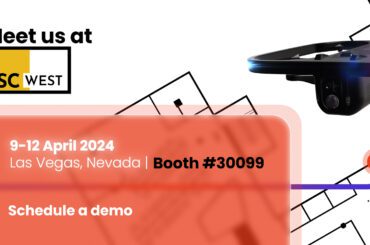In today’s world, security is a top concern for many individuals and organizations. Whether it’s securing a private residence or a large commercial space, having reliable security measures in place is essential. In recent years, the use of autonomous security indoor drones has become increasingly popular as a way to improve security measures in indoor spaces. In this article, we will discuss why using autonomous drones for security is an effective and reliable solution for ensuring the safety of people and assets.
What Are Autonomous Security Indoor Drones?
Autonomous security indoor drones are small unmanned aerial vehicles that are designed to monitor and secure indoor spaces. They are equipped with advanced technology that allows them to fly autonomously, without the need for human intervention. These drones can be programmed to perform specific tasks such as monitoring, patrolling, or detecting and responding to security breaches.
Enhanced Efficiency
The use of autonomous security indoor drones has proven to be an efficient way to improve security measures. These drones work continuously without the need for human intervention, which means they can cover large areas more quickly and efficiently than traditional security methods.
For example, a human security guard will, justifiably, get used to a routine, and boredom leads to lack of attention. Drones, on the other hand, can repeat the same patrol over and over, with no loss of focus. Additionally, the constant monitoring of automated drone security means that any security breaches can be detected and addressed immediately, improving the overall security of the indoor space.
Enhanced Accuracy
Another significant benefit of using autonomous security indoor drones is the enhanced accuracy they provide. These drones are equipped with advanced technology like thermal imaging and night vision, which enables them to detect potential security threats with pinpoint accuracy…before they become a crisis.
The use of high-resolution video cameras is particularly useful for detecting intruders or other potential security threats. This technology can distinguish between stationary objects and humans and animals, which reduces the number of false alarms that may occur with traditional security methods.
Some systems, like Tando™, offer the AI-driven abilities that help them serve also as audit and compliance tools, by detecting and sending alerts regarding:
- The status of doors (open/closed vs. desired state)
- The status of people on site (standing, lying on the floor)
- Detection of leaks
- Detecting obstruction of emergency exits
- Confirming the status of fire extinguishers
Improved Safety Measures
The use of autonomous security indoor drones also improves safety measures. These drones can operate in hazardous or hard-to-reach areas, which makes them an ideal solution for identifying and responding to safety hazards like fire or gas leaks. By using automated drone security, humans can be kept out of potentially dangerous areas, which can ultimately save lives.
In addition, the use of autonomous drone security systems can also help improve safety measures by providing real-time monitoring of the indoor space. This means that any potential safety hazards can be detected and addressed immediately, reducing the risk of accidents or injuries. Furthermore, the enhanced accuracy of automated drone surveillance means that potential safety hazards can be identified and addressed more quickly and efficiently than traditional methods.
Improved Data Collection and Analysis
Another significant benefit of using autonomous security indoor drones is the improved data collection and analysis they provide. These drones can be equipped with sensors and cameras that can collect data on a variety of metrics such as temperature, humidity, and air quality. This data can be used to identify potential safety hazards or security threats, and it can also be used to optimize the indoor environment for maximum efficiency and comfort.
Additionally, the data collected by drone monitoring systems can be used to conduct trend analysis, which can help identify patterns and predict future security or safety issues. This can help organizations develop more effective security and safety plans that are tailored to their specific needs.
Cost-Effective Solution
It’s important to note that increasing reliability does not represent an increased expense; quite the opposite. Automating security and safety monitoring practices, actually provides a strong return on investment vs. other available options.
For example, the use of drone monitoring systems can eliminate the need for human security personnel, which can result in significant cost savings. Additionally, the enhanced accuracy of automated drone surveillance means that there are fewer false alarms, reducing the need for unnecessary security responses. This can help reduce the overall cost of security measures and free up resources that can be used elsewhere.
Conclusion
In conclusion, the use of autonomous security indoor drones is an effective and reliable solution for improving security measures in indoor spaces. These drones provide enhanced efficiency, accuracy, and safety measures, and they also offer a cost-effective solution for security and safety needs. Additionally, the improved data collection and analysis provided by automated drone surveillance can help organizations develop more effective security and safety plans. As technology continues to advance, it’s likely that the use of autonomous security indoor drones will become even more prevalent, and we can expect to see even more benefits in the years to come.






